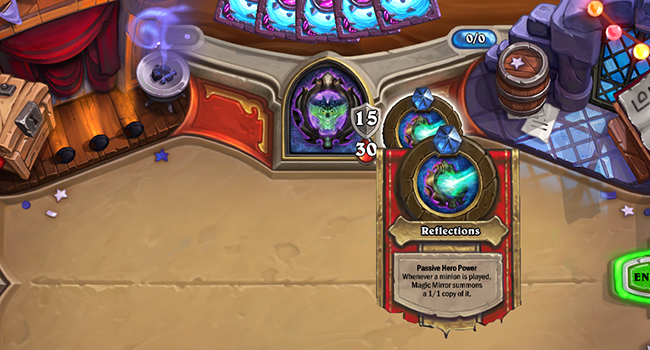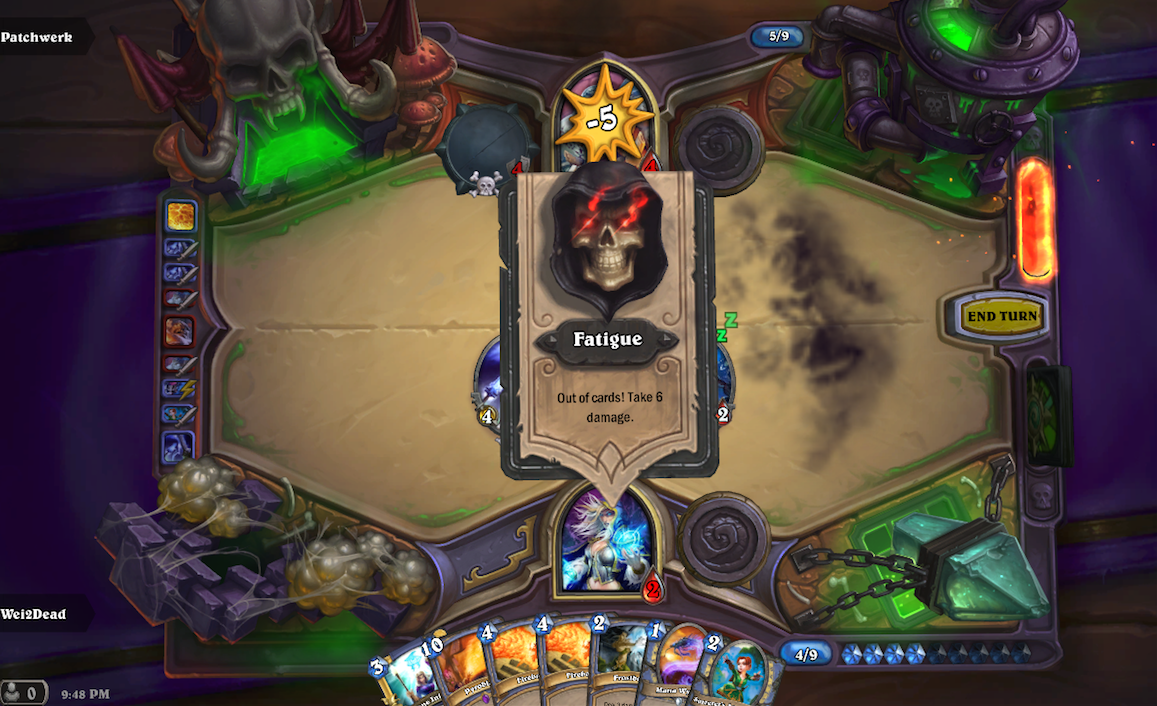
Some of the Storm Knights were natives of the invaders' home worlds, and some were natives of Earth who had "flipped" to the invaders' reality. Storm Knights came from all of the different realities in the game, but opposed the invaders for various reasons. Player characters were all "Storm Knights." These were people who were able to alter reality in limited ways. Eventually, further supplements allowed for more freedom in designing characters. Player input is limited to distributing points among an array of skills. These come complete with a general background story and a pre-set roster of attributes and possessions. Both the basic set, as well as subsequent supplements, provide several character templates based on general archetypes such as "Eidenos Hunter", "Vengeful Human" or "Werewolf". However, unlike in most role-playing games, possibility points (or "possibility energy") also exists as an in-game phenomenon, and characters may spend these points to achieve certain effects, such as healing, or warping reality.Ĭharacter creation is limited. Players are rewarded with "possibility points", which can be spent to improve the characters abilities, similar to many other role-playing games.

Players can also use cards to give themselves advantages, or even plotlines, which could result in extra points. Whenever a combat encounter begins, the game master flips over a card which dictates certain advantages and disadvantages for the players and the non-player characters (NPCs). Cards can be used by both players and game masters to influence play. The rest are stacked in front of the game master. From Torg's unique "Drama Deck", a hand of cards are dealt to each player at the beginning of the game. In addition, Torg uses an unusual card based system to augment gameplay. The wound system, which stresses incapacitating damage over lethal kinds, also mimics the style of adventure films, wherein the hero may often be incapacitated, but is rarely killed. This can be continued indefinitely as long as the player rolls a 10 or 20, allowing for fantastic feats in a cinematic style. Rolls of 10 or 20 allow the player to roll again, adding their new roll to the previous. The degree by which the roll exceeds the difficulty number of the task influences how successful the player is at the action. Actions are resolved by a player rolling a twenty sided die against a difficulty number. Conflict resolution also reflects the cinematic nature of the game. For example, adventures are divided into sub units known as "acts" and "scenes". Terminology used in the game reflects this fact. Torg billed itself as a "cinematic" game and tried to emphasize game play in a manner similar to adventure films such as Indiana Jones. The players assume the role of "Storm Knights": people from Earth and the various invading realms, who possess limited reality-altering abilities and who oppose the plans of the High Lords.
#Heroic magic mirror deck series
At the game's starting point, Earth has been subjected to an inter-dimensional invasion by a series of "High Lords", who have changed the natural laws of large swaths of the planet to reflect those of their home dimensions. Torg is set in a near future setting, known officially as "the near now". The game's title, Torg, refers to an in-game title that individual leaders of the invasion strive to achieve. Torg is set on Earth during an alien invasion, and players play archetypal heroes from differing genres. After WEG closed in 2010, Torg was sold to Ulisses Spiele, who, after a successful crowdfunding campaign, published a new edition called Torg: Eternity in 2018. A revised and expanded core rule book was produced in 2005, with a single adventure. WEG produced over fifty supplements, novels and comics for the first edition.

Game resolution uses a single twenty-sided die, drama cards and a logarithmic results table, which later formed the basis for WEG's 1992 sci-fi RPG Shatterzone and 1994 universal RPG Masterbook. It was first published by West End Games (WEG) in 1990. Torg is a cinematic cross-genre tabletop role-playing game created by Greg Gorden and Bill Slavicsek, with art by Daniel Horne.


 0 kommentar(er)
0 kommentar(er)
